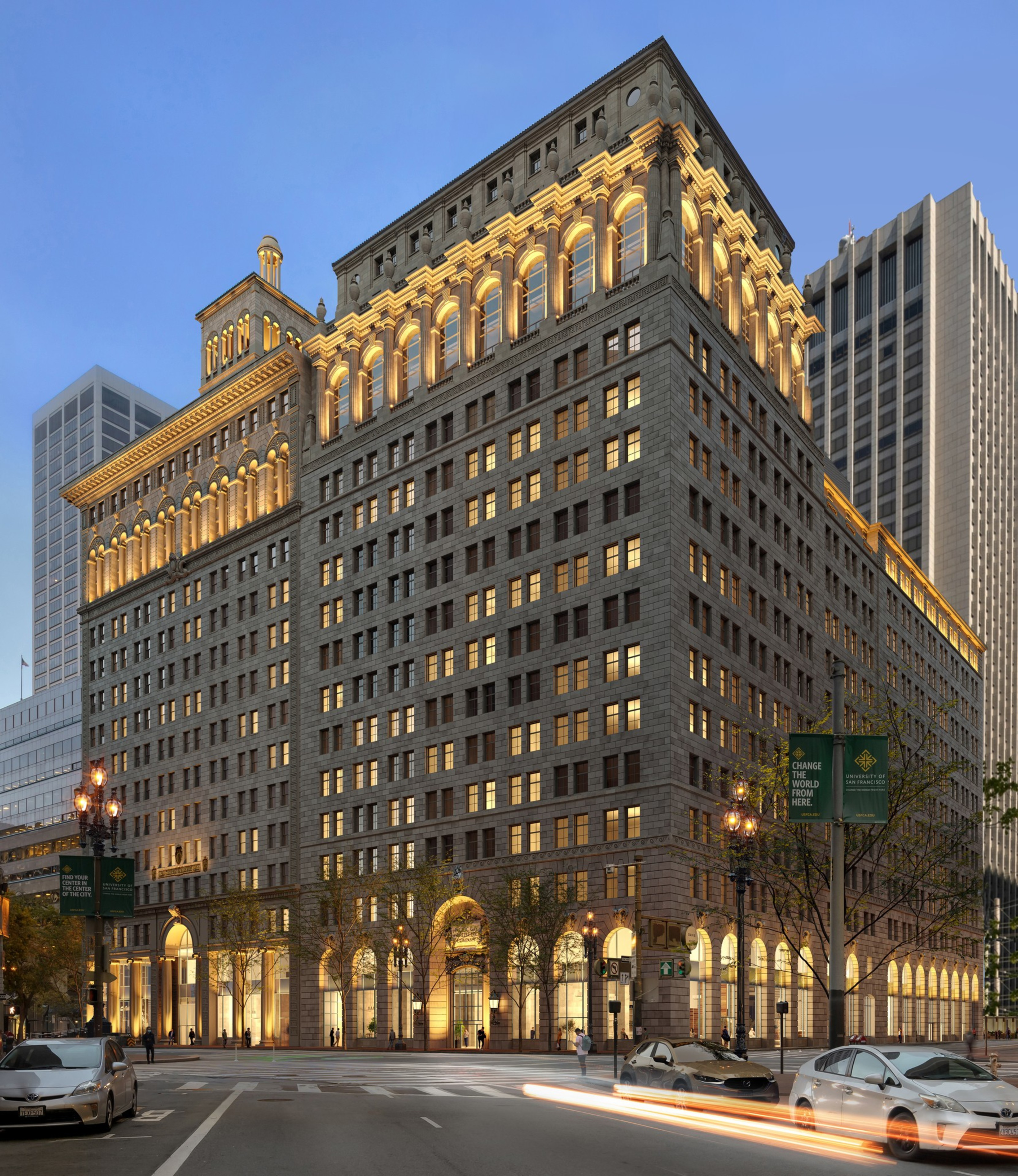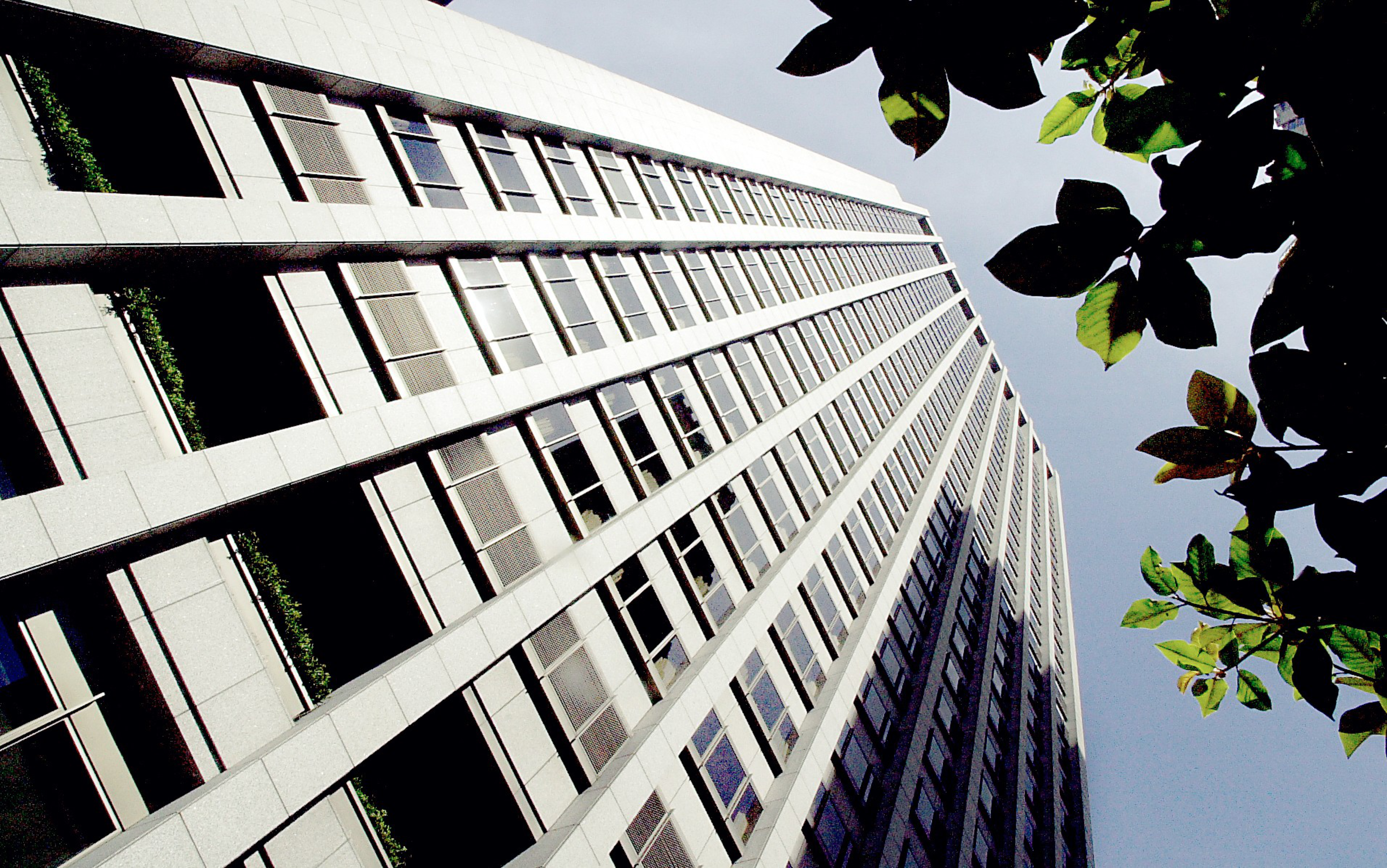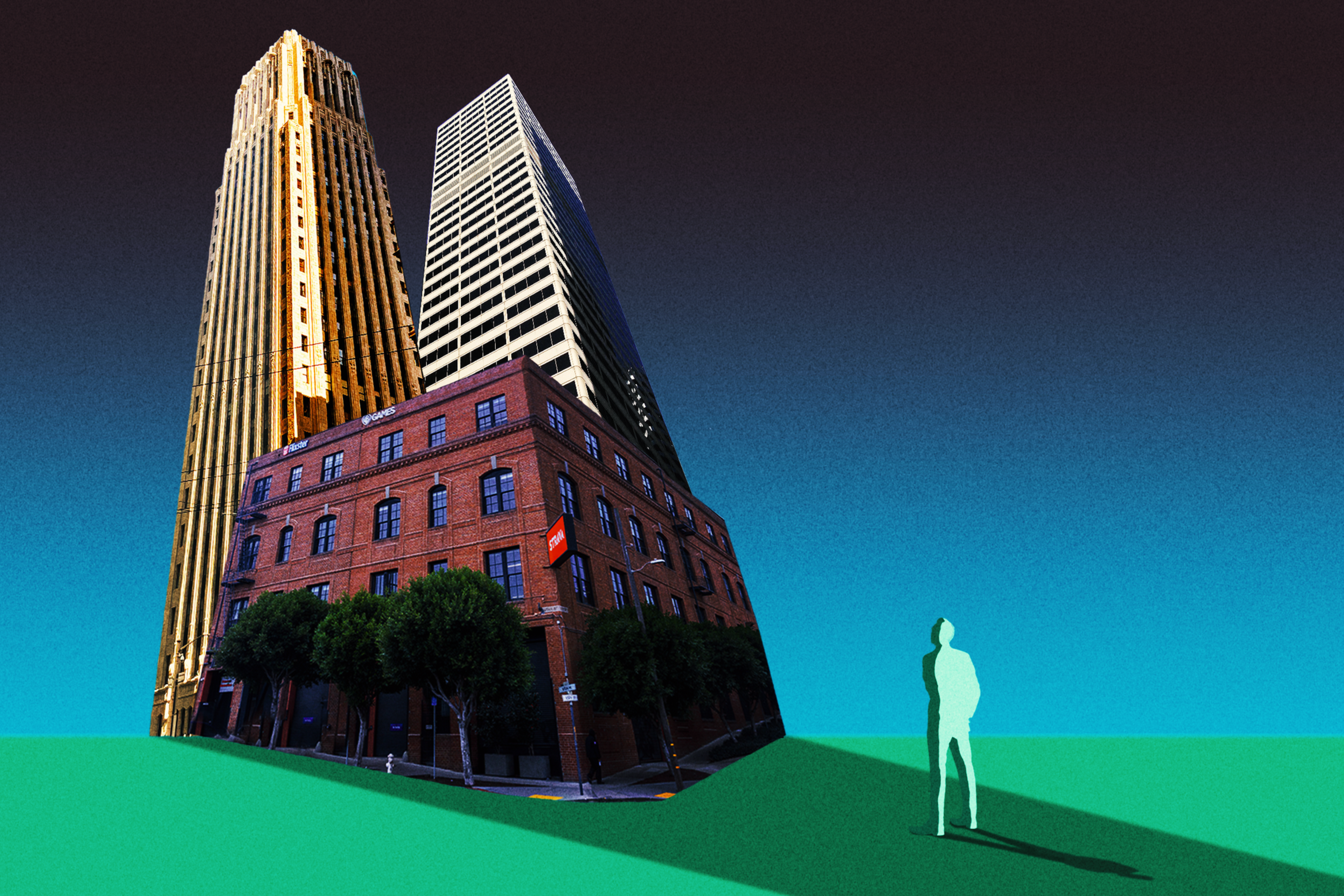Fresh off building, then selling, Salesforce Tower in 2020, Texas developer Hines seized the moment to deepen its relationship with a main backer: South Korea’s national pension fund.
The partners announced a $1.5 billion joint venture (opens in new tab) to construct large infill developments in prime locations across North America. Hines would provide its real estate expertise and contacts, while Korea’s National Pension Service, or NPS, would bankroll the projects. Hines co-CEO Jeffrey Hines said the partnership had a “new mandate” to build.
Last week, that mandate took the form of something so outsize some said it’s delusional. Hines’ pitch to redevelop PG&E’s former headquarters at 77 Beale St. would add 1.65 million square feet of office space in a market that is currently one-third vacant.
“WTF?? We don’t need more office space and skyscrapers, are you actually serious?” a commenter posted in response to Mayor Daniel Lurie touting the proposal on Instagram (opens in new tab).
“Don’t we have enough unused office and retail space as is?” asked another.
The 76-story structure would stand at 1,225 feet — 15 stories higher than Salesforce Tower — which would make it the tallest building on the West Coast. All 1.5 million square feet of office space currently at the city block are vacant, according to a Hines spokesperson.
While some say the proposal is backward thinking, real estate experts say such development is in line with the history of San Francisco, which over the decades has seen tenants flock to new developments while abandoning older buildings.
Hines and NPS paid $800 million in 2021 for the site, which comprises seven buildings bounded by Market, Main, and Beale streets. At the time, the deal broke the record for highest price paid per square foot for San Francisco real estate.
In addition to demolishing PG&E’s former HQ, Hines intends to renovate two historic office buildings at 215 and 245 Market St. and convert most of the 25 Beale St. office building to 120 residential units, while adding open space, restaurants, and storefronts.
“This project has all the live, work, play components that we’re trying to encourage,” said Leigh Lutenski, director of joint development at the city’s Office of Economic and Workforce Development.
As for whether the city needs more office space given its glut of supply, she said the issue isn’t location but, rather, the existing built environment “doesn’t necessarily provide what people want.”
This new proposal is far more ambitious than a previous version pitched by Hines, which sought only to update existing office spaces while erecting one new tower: an 808-unit residential building. Using similar projects as a guide, it may take Hines upward of a decade to construct its latest proposal.
A record 34.8% of San Francisco’s 86.4 million square feet of office space is vacant, according to Cushman & Wakefield. That figure doesn’t include the former PG&E building, as it was never listed for lease after the sale.
If Hines’ project is brought to the market, it would have a negligible impact on the city’s vacancy rate. Meanwhile, the overall office stock is likely to shrink as properties are converted or demolished. The vacancy rate for new or fully renovated office properties downtown is 17.8%, Cushman & Wakefield says.
Working in Hines’ favor is the fact that more than two-thirds of the city’s office stock is 40 years old or more. Experts say the developer should enjoy a competitive advantage, not unlike the renovated Transamerica Pyramid, which can command the city’s highest rents by offering new space with panoramic views, close to transit.

“Worst case, they’re going to pull tenants from the existing stock,” said one office broker who requested anonymity to preserve working relationships. “Best case, the tower will be a strong story for global brands who are not as price sensitive and would be willing to pay more for the better product.”
The broker, who has worked with other newly built skyscrapers in the city, said major projects like 77 Beale will likely advance only if the developer can find an anchor tenant to pre-lease a large section and can demonstrate that it has a three- to five-year leasing plan to fill the rest.
Salesforce Tower, for example, was largely pre-leased to its namesake tenant before it was completed. Around the same time, Meta pre-leased the entire office portion of the newly built 181 Fremont skyscraper. Further back, 555 California St., the tallest West Coast building of its day, was completed in 1969 to accommodate the growth of Bank of America.
Delivering a major office building in a soft market without an anchor tenant in hand is a dangerous proposition. The 5M mixed-use development at Fifth and Mission is one such cautionary tale: The 25-story building at 415 Natoma St., completed in 2022, was the last major tower constructed in San Francisco and is largely vacant today.
Other factors could aid Hines in its pursuit to remake the city’s skyline. In 2024, the firm struck a deal with lenders to pay off its entire loan (opens in new tab) on the property, leaving the partners debt-free and giving them more time and freedom to maneuver. Second, the fact that the proposed project would be denser than the existing structures on the site should allow it to generate more revenue.
One tenant that might make sense given the project’s timeline and scale is JPMorgan, which recently consolidated its office presence in San Francisco at 560 Mission St. and still has 125,000 square feet of leftover space at One Front St., inherited from its acquisition of First Republic Bank.
In New York, the banking giant is preparing to move into a project comparable to the one proposed by Hines: a 1,388-foot skyscraper at 270 Park Ave. (opens in new tab) that should be completed this year.

